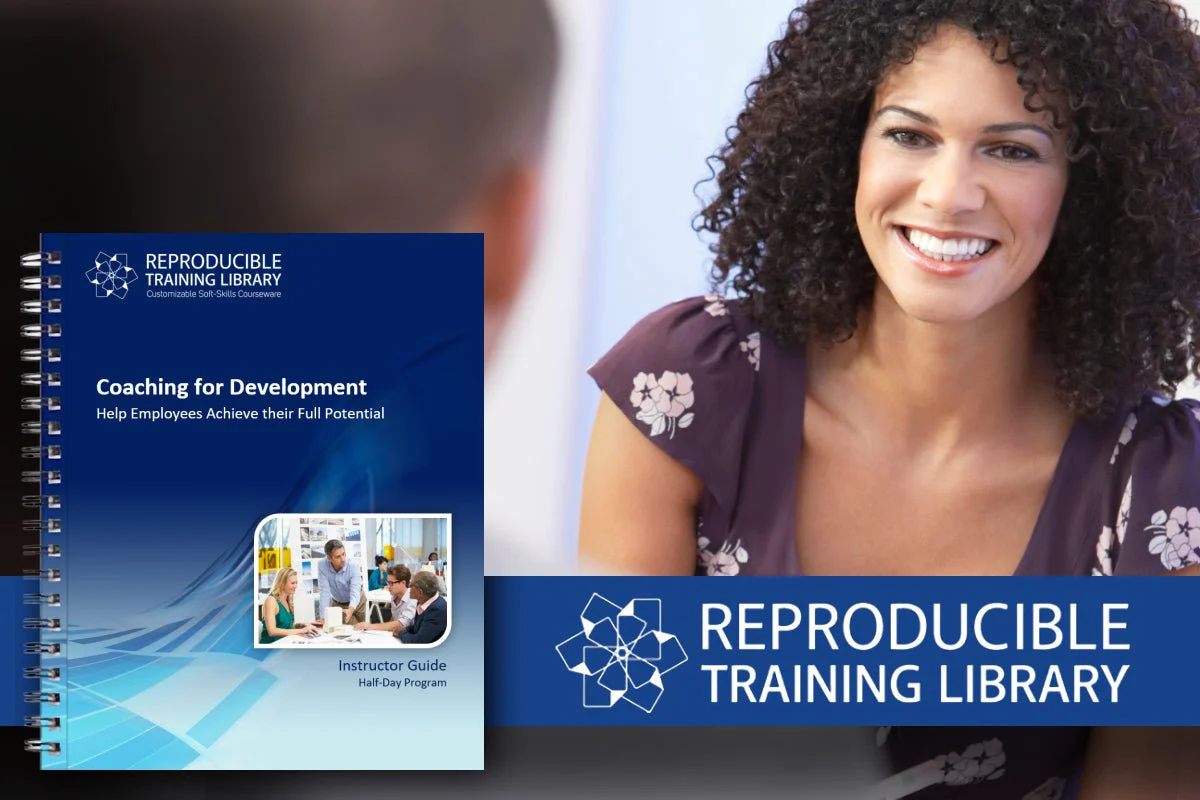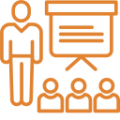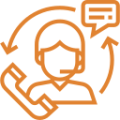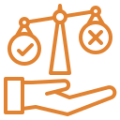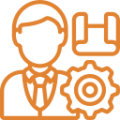What Are You Doing to Develop Your Leaders?
In a poll with webinar participants who attended Feeding Your Leadership Pipeline: How to Develop the Next Generation of Leaders, they were asked, what steps has your company taken thus far to develop their leaders? The replies are bolded.
A. Identifying high potential employees – 20%
B. Developing succession plans for key positions – 14%
C. Sending candidates to external leadership development programs – 17%
D. Instituting an internal Leadership Development Program (LDP) – 49%
The LDP Model
As you can see, almost half of the audience is instituting an LDP. That’s pretty impressive! As we see in the Peter Principle, employees tend to be promoted based on their performance in their current role rather than their abilities relevant to the intended role. Essentially, in a hierarchy, every employee tends to rise to his level of incompetence. This is why leadership development programs are absolutely essential.
What company do you think of as the paradigm for leadership development? It’s General Electric. When it comes to leadership development, General Electric (GE) is often cited as a model company. GE’s leadership development programs are renowned for their comprehensive approach and effectiveness in cultivating leaders. The company has a long history of investing in its employees’ growth, ensuring that they are well-prepared for higher responsibilities.
The Basic LDP Learning Model has four elements:
- Education Programs: Structured learning experiences that provide theoretical and practical knowledge.
- Action Learning Projects: Real-world projects that allow participants to apply what they’ve learned in a practical setting.
- Individual Development Plans: Personalized plans that outline an employee’s career goals and the steps needed to achieve them.
- Mentoring and Coaching: Support systems where experienced leaders guide and develop less experienced employees.
Do you know mentoring and coaching are two different things? Do you know why?
Mentoring Vs. Coaching
Mentoring and coaching, while often used interchangeably, serve different purposes:
- Mentoring: A long-term relationship focused on the overall development and career growth of the mentee. Mentors provide advice, share experiences, and help mentees navigate their career paths.
- Coaching: A more short-term, performance-driven relationship aimed at improving specific skills or achieving particular goals. Coaches provide feedback, set goals, and help coachees develop strategies to overcome challenges.
Steps to Implement LDPs
There are many different steps to implementing a LDP:
- Identify High-Potentials: Recognize employees with the potential to take on leadership roles.
- Choose Program Design: Decide on the structure and components of the LDP.
- Select Topics and Faculty: Choose relevant topics and qualified instructors.
- Select Action Learning Projects: Identify projects that provide practical learning opportunities.
- Set Up a Mentoring Program: Establish a system where experienced leaders mentor emerging leaders.
- Find Coaches: Recruit coaches to provide targeted support and development.
- Write Individual Development Plans: Create personalized development plans for each participant.
- Involve Company Executives: Engage senior leaders in the program to provide support and demonstrate commitment.
- Do It All on a Modest Budget: Ensure the program is cost-effective without compromising quality.
In order for any of these steps to occur, though, you must get your executives on board and lay the groundwork (set expectations) for all parties involved. You need to demonstrate the value of the program and ensure that everyone knows their roles and responsibilities. Implementing a well-structured LDP can significantly transform your organization, so getting this right is crucial.






